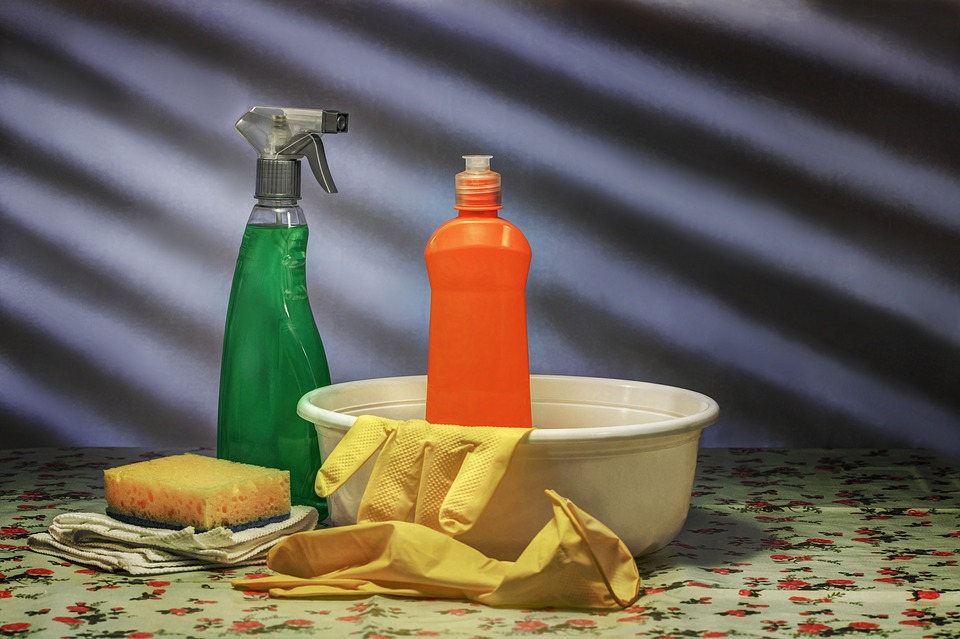Author: wedotrades
-

It doesn’t need to be hard to get rid of bulky appliances
Only stress the small stuff. Bulky appliances don’t need to be a big hassle to get rid of. While some people may immediately be put off by the words ‘big‘ and ‘bulky‘, there is a critical way that you can reduce stress and not worry about all the heavy lifting. Some typical types of bulky…
-

Is it worth it to take out a refurbishment loan?
Taking out a loan with someone like this colorado hard money loans lender in order to perform a refurbishment on a property is not uncommon. Property developers and construction workers rely on refurbishment loans so they can carry out different types of projects. Refurbishment loans can be expensive depending on the type of work that…
-
Why should I have my windows cleaned?
The importance of clean windows While windows are the first thing that people see in a building, and the way we receive light into our homes, they are so often overlooked. Having your windows cleaned is important and can make a big difference. This will not only mean that your windows look cleaner, but also…
-
What is Fibreglass Insulation?
What is fibreglass and why should I have it in my home? Insulation is vital to keeping your home nice and warm – but what is fibreglass insulation? And why does your home need it? What is Fibreglass insulation? Fibreglass is made up of very fine glass fibres and is a material commonly used for…
-
Roofing services
Our Services Services Include: Slate Roofs Tile Roofing Chimney Repairs Commercial Roofing Emergency Roof Repairs PVC Roofing Flat Roof Repairs Lead Work New Roofs Re-Roofing Roof Slating Dormers Slate Roof Repairs Storm Damage Repairs
-

Commercial Painting & Decorating
We specialise in commercial and industrial work as you will see looking at this site. All aspects of commercial painting are carried out, from airless paint spraying of large industrial units down to spraying external wall areas of commercial buildings, to painting internal offices and hanging wide vinyl wall coverings. One of our latest successes was the…
-

A carpet cleaning company customers have total faith in
London Carpet Cleaners A carpet cleaning company customers have total faith in Carpet Cleaning in Essex, Fast & Effective Cleaning! A fresh indoor environment looks and smells great, and it helps make you feel, well, better. Paying to have your carpets cleaned is well worth it; but only if top industry professionals complete the work.…
-

How to solve a chronic problem in NHS housing
How to solve a chronic problem Will a climate of austerity kickstart innovation in how the NHS manages and treats long-term diseases such as asthma and diabetes? Debbie Andalo reports on a recent roundtable debate on how to tackle this ‘epidemic’ America’s healthcare system could help show the UK the way as it grapples to…
-

Top 5 Renovations To Increase Property Value
At Roof Magazine, we are here to look at ways to improve home value. We’ve researched areas such as Brisbane, London and Paris. Here are the top 5 renovations to increase your property value, ensuring that your home sells for more and it possesses the individual touches that you desire. 1. Transforming Your Kitchen It’s…
-

The best plumbing & cleaning companies in London & surrounding areas
For more than twenty years, this family-run business of qualified plumbers has been providing successful central heating services, emergency plumber London services, emergency boiler repairs and combi boiler installation to customers.
-

High Street: Rebrand Your Business and Shop with Our Guide
Attracting new customers can be a challenging task. WeDoTrades is constantly examining and researching new ways that will help drive consumers into your shop. Obviously, keeping your shop looking good, either by yourself or with the help of a retail maintenance company, is one thing, but that doesn’t always deliver the most strikingly visible results.…